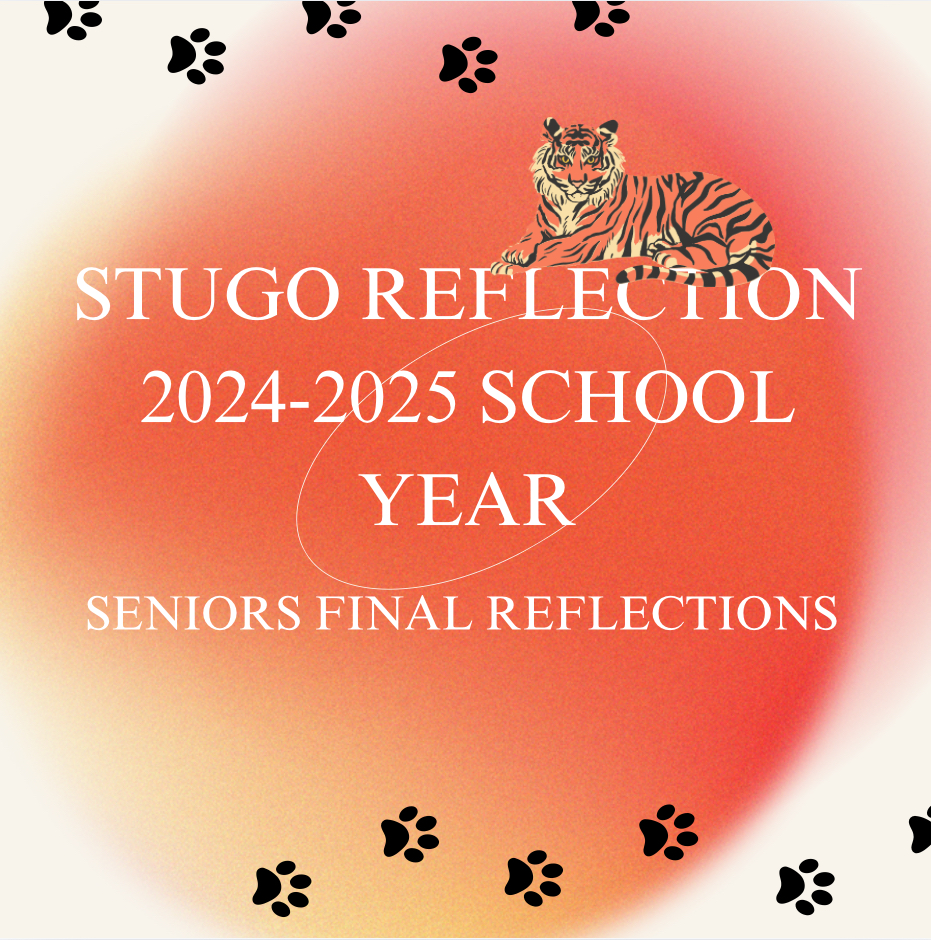On November 15th, 2024, the town of Erie took great pride in a significant milestone: the 150th anniversary of its establishment. From a small coal-mining town, it turned into a bustling suburban community and is currently recognized as the fastest-growing town in the entire state. During many years, Erie developed and grew from a small industrial town to a dynamic and bustling hub of activities, with new residents and businesses moving in and endless opportunities arising, while all the time preserving and honoring its rich historical heritage.
The name of the town comes from Erie, Pennsylvania, the home of early settler Richard Van Valkenburg, who played a major part in its founding. Present-day Erie, Colorado, was first settled in 1867, but it was not until November 16, 1874, that it had become an officially recognized incorporated town—seven years since its founding. Even from the very start, the distinctiveness of the town’s character began to take shape its significant association and relationship with the coal industry, which became deeply inbred into its growth.

Unlike many other coal mining towns of the time, its miners were landowners in their town. Most were characterized by ephemeral housing or what were frequently called “camps” for transient workers who came and left, but Erie was distinctly different. Its coal miners could, and did, own property in the town. The area first saw coal discovered during the the 1860s, and that was a defining moment for the area. Years before the opening of the first official mine in 1876, local miners were already working hard to extract coal from the surrounding hills. That very first mine, operated by Ira Austin, would go on to play a critical and pivotal role in the economic landscape of Erie for many decades to come. By the turn of the century, Erie had classified itself as one of the very few “wet” towns in the whole area; the label meant that alcohol was not just legally retailed but also consumed within the limits of the locality itself. This status earned it immense popularity among the miners who poured in from neighboring towns and cities, looking for a place to let their hair down. So, in 1895, Erie boasted as many as eleven saloons, all within a radius of each other along Briggs Street. While the town thrived in its early years, Erie’s prosperity was not without its struggles.

This situation—owing in large part to both the Panic of 1893 and further exacerbated by the Great Depression—left the town, much like the entirety of the country, markedly affected in deep and broad strokes economically. The coal industry was one of the key areas in the economy that encountered numerous, often extreme difficulties through that time: a general declining demand for its product coupled with an overall sharp decrease in production levels for coal. The coal mines had gone through much hardship and perils during the early decades of the 20th century, not to mention a minefield of pitfalls. After the end of the Second World War, demand for coal began to steadily and relentlessly decline, heaping more woes on top of the already beleaguered mines. Thus, by the time the 1960s decade rolled in, most coal mines in Erie had shut down operations, effectively closing out an era that had held such great significance in that area’s economic history, all but Eagle Mine.
Eagle Mine was different, being one of the few that trudged on until it reached 1978, thereby ending coal mining in the town.
These considerable setbacks notwithstanding, the city of Erie gave in to its potential during subsequent decades and managed, not just remarkably, but beyond anyone’s expectations. As it so happened, economic substitution through significant new-growth residential development at a sub-regional level tended to counterbalance the negative outcomes resulting from the inevitable coal decline. It could not but happen as suburban residence options attracted an escalating inflow of people originally belonging to adjacent regions within proximity who desired a residence characterized by cheap alternatives of home ownership and additional attractions in the nature of more calm and serene situation prevailing here as opposed to life in metropolis. Nowadays, its modern identity expresses in this very course Erie traversed-a fusion of fabulous heritage and incessant movement linked by strong social sentiments acting upon this city with increasing pressure.
From its early days as a booming coal town, when the mining industry was part of the economy in that area, to its present status as a rapidly developing suburban community, drawing new residents and businesses alike, the 150-year history of Erie has been punctuated by resilience, adaptability, and profound change. As it looks toward the promising future now unfolding before it, Erie just keeps thriving and growing in inspiration from a rich, vibrant history but also embracing all the different opportunities forming a new and exciting new chapter










































